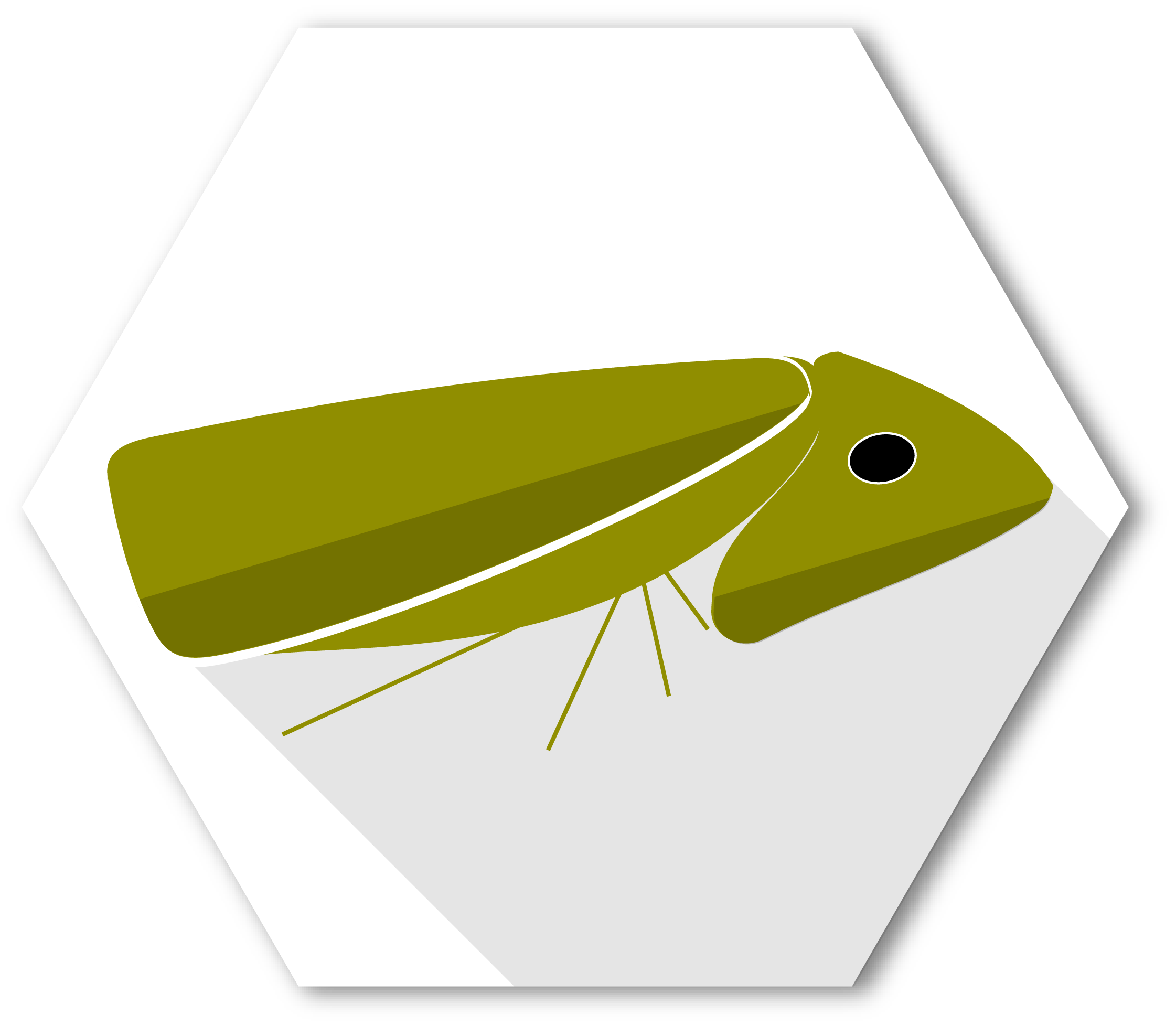

no cure
Introducing
XYLENCER

Xylencer is an enhanced bacteriophage therapy, designed to cure Xylella fastidiosa infection.
How XYLENCER works
Xylencer revolves around improving bacteriophage therapy, an alternative method to antibiotics for curing infections. Bacteriophages, often just called phages, are the natural enemies of bacteria. They specifically target a subset of bacteria, posing no harm to other bacteria, plants or us humans. They depend on these specific bacteria to live and reproduce. When a phage infects a bacterial cell, it uses the bacterium to create many copies of itself, killing the bacterium in the process. If there are no susceptible bacteria present, the phages will degrade over time. We believe in phage therapy, because it allows us to specifically target only the pathogenic bacteria, not harming other form of life in the process.
Combatting Xyllela fastidiosa is not achieved by a catch-all solution. It requires overcoming a multitude of different problems. During development, we noticed that these problems and their solutions revolved around four reoccurring themes, that we call: "the four pillars of Xylencer". Below we will introduce you to these four pillars.

DETECTION
Before we can get to curing a disease, we first need to diagnose the disease. For X. fastidiosa this can be quite problematic as a large portion of plants never show symptoms or show symptoms very late. In this pillar, we want to improve detection by automating it. This will be achieved by developing a plant mimic able to detect X. fastidiosa in the insects that spread the pathogen.
To Detectionnavigate_next
DELIVERY
Phage therapy itself might be revolutionary, but the methods that are used to deliver it are not. Currently, the Achilles heel of phage therapy is the low efficiency of delivery. In this pillar, we revolutionize delivery with the introduction of the phage delivery bacterium (PDB). This bacterium shields the phages from the environment and delivers the cure exactly to the infected regions of the plant.
To Deliverynavigate_next
REMEDIATION
In the remediation pillar, we move beyond the means of the phage and involve the plant's immune system in the battle against X. fastidiosa. X. fastidiosa cleverly hides from the plant's immune system, but by releasing an immune activator upon initial cell lysis, the location of the pathogen is revealed to the plant's immune system, enabling it to help in the fight against the pathogen.
To Remediationnavigate_next
SPREAD
So far, all our solutions have been limited to plants that have to be manually injected with our cure. However, X. fastidiosa can avoid treatment by hiding in asymptomatic plants, that are impossible to reach with a manually applied cure. In this final pillar, we enable the phage to spread with the same insect vectors as X. fastidiosa. This allows our therapy to reach all infected plants and silence X. fastidiosa once and for all.
To Spreadnavigate_nextAwards (Overgrad)
1st Runner Up
Best Food and Nutrition
Best Poster
Nominations
Best Wiki
Best Presentation
Best Education & Public Engagement

Safety
One of the most important parts of any technology is safety. Some important questions need to be answered, before a treatment can be implemented like: how safe is the technology? What side-effects can be caused and what are the long-term effects of implementing this technology? In order to answer these questions, we have extensively reviewed the safety of our project from different perspectives. On the Biosafety page, we perform a risk assessment and discuss different containment strategies that might suit our project. We’ve also looked into the potential harmfulness of our project on the Biosecurity page. On the Safe-by-Design page, we present the infographic we made as part of the Safe-by-Design challenge issued by the RIVM (Dutch Institute of Public Health and Environment). The sections mentioned above can be found on the Safety page.
build Safety Page
Human Practices
Xylencer, like all technology, does not exist in a vacuum. To continuously improve our project, we explored the perceived impact our project would have on the environment and what implications it would have for society. In our stakeholder analysis, we spoke to representatives of different stakeholder groups in our project: farmers, regulators and scientists. This informed us on how these different groups envision a cure for Xylella fastidiosa. This helped us to improve and design our project in such a manner that it is accepted and aligns with the needs of both these stakeholders and society in general. For more information, visit our Human Practices page.
supervisor_account Human Practices Page

Song Contest
Every year, many iGEM teams organize a competition among iGEM teams around the world. These competitions allow teams to create something that complements their scientific work with creativeness. This year, our team decided to organize a song contest. We asked any team that wanted to participate to make a parody song of either a popular song or a completely new one. In other words, they had to write lyrics for a song, which would talk about their iGEM experience or about science in general. To see the songs that have been sent in, visit the Voice of iGEM page.
mic Voice of iGEMWelcome To Our Wiki!
This button will be your trusty companion on your journey. You can click this button to open up a menu of all sections of the current page.





